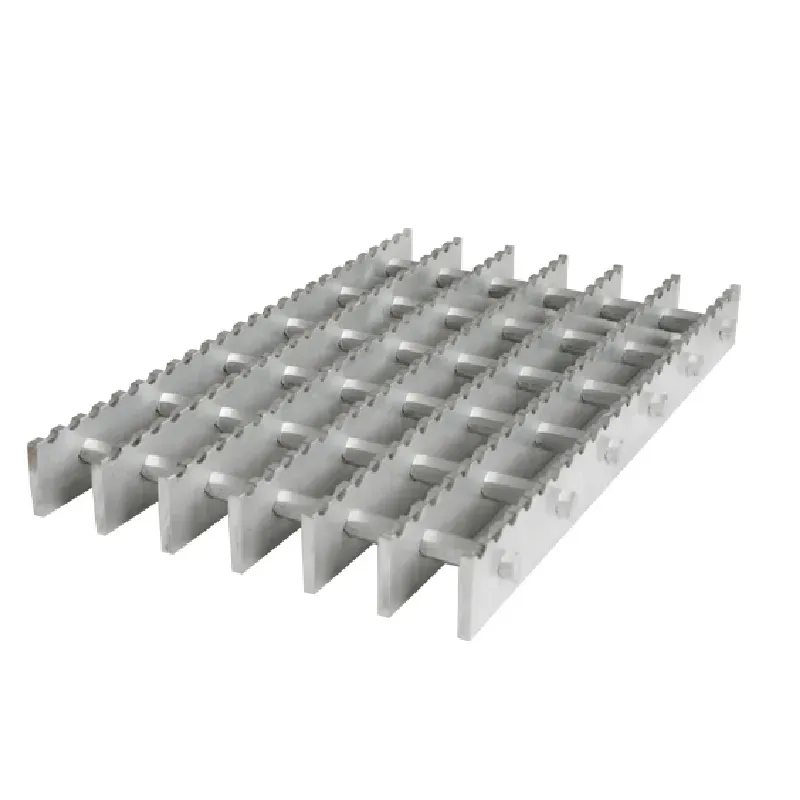- Industrial zone, South of Anping Town, Hengshui, Hebei, China.
- sales@hfpetromesh.com
- +86-18931809706
 Afrikaans
Afrikaans  Albanian
Albanian  Amharic
Amharic  Arabic
Arabic  Armenian
Armenian  Azerbaijani
Azerbaijani  Basque
Basque  Belarusian
Belarusian  Bengali
Bengali  Bosnian
Bosnian  Bulgarian
Bulgarian  Catalan
Catalan  Cebuano
Cebuano  Corsican
Corsican  Croatian
Croatian  Czech
Czech  Danish
Danish  Dutch
Dutch  English
English  Esperanto
Esperanto  Estonian
Estonian  Finnish
Finnish  French
French  Frisian
Frisian  Galician
Galician  Georgian
Georgian  German
German  Greek
Greek  Gujarati
Gujarati  Haitian Creole
Haitian Creole  hausa
hausa  hawaiian
hawaiian  Hebrew
Hebrew  Hindi
Hindi  Miao
Miao  Hungarian
Hungarian  Icelandic
Icelandic  igbo
igbo  Indonesian
Indonesian  irish
irish  Italian
Italian  Japanese
Japanese  Javanese
Javanese  Kannada
Kannada  kazakh
kazakh  Khmer
Khmer  Rwandese
Rwandese  Korean
Korean  Kurdish
Kurdish  Kyrgyz
Kyrgyz  Lao
Lao  Latin
Latin  Latvian
Latvian  Lithuanian
Lithuanian  Luxembourgish
Luxembourgish  Macedonian
Macedonian  Malgashi
Malgashi  Malay
Malay  Malayalam
Malayalam  Maltese
Maltese  Maori
Maori  Marathi
Marathi  Mongolian
Mongolian  Myanmar
Myanmar  Nepali
Nepali  Norwegian
Norwegian  Norwegian
Norwegian  Occitan
Occitan  Pashto
Pashto  Persian
Persian  Polish
Polish  Portuguese
Portuguese  Punjabi
Punjabi  Romanian
Romanian  Russian
Russian  Samoan
Samoan  Scottish Gaelic
Scottish Gaelic  Serbian
Serbian  Sesotho
Sesotho  Shona
Shona  Sindhi
Sindhi  Sinhala
Sinhala  Slovak
Slovak  Slovenian
Slovenian  Somali
Somali  Spanish
Spanish  Sundanese
Sundanese  Swahili
Swahili  Swedish
Swedish  Tagalog
Tagalog  Tajik
Tajik  Tamil
Tamil  Tatar
Tatar  Telugu
Telugu  Thai
Thai  Turkish
Turkish  Turkmen
Turkmen  Ukrainian
Ukrainian  Urdu
Urdu  Uighur
Uighur  Uzbek
Uzbek  Vietnamese
Vietnamese  Welsh
Welsh  Bantu
Bantu  Yiddish
Yiddish  Yoruba
Yoruba  Zulu
Zulu
- Afrikaans
- Albanian
- Amharic
- Arabic
- Armenian
- Azerbaijani
- Basque
- Belarusian
- Bengali
- Bosnian
- Bulgarian
- Catalan
- Cebuano
- Corsican
- Croatian
- Czech
- Danish
- Dutch
- English
- Esperanto
- Estonian
- Finnish
- French
- Frisian
- Galician
- Georgian
- German
- Greek
- Gujarati
- Haitian Creole
- hausa
- hawaiian
- Hebrew
- Hindi
- Miao
- Hungarian
- Icelandic
- igbo
- Indonesian
- irish
- Italian
- Japanese
- Javanese
- Kannada
- kazakh
- Khmer
- Rwandese
- Korean
- Kurdish
- Kyrgyz
- Lao
- Latin
- Latvian
- Lithuanian
- Luxembourgish
- Macedonian
- Malgashi
- Malay
- Malayalam
- Maltese
- Maori
- Marathi
- Mongolian
- Myanmar
- Nepali
- Norwegian
- Norwegian
- Occitan
- Pashto
- Persian
- Polish
- Portuguese
- Punjabi
- Romanian
- Russian
- Samoan
- Scottish Gaelic
- Serbian
- Sesotho
- Shona
- Sindhi
- Sinhala
- Slovak
- Slovenian
- Somali
- Spanish
- Sundanese
- Swahili
- Swedish
- Tagalog
- Tajik
- Tamil
- Tatar
- Telugu
- Thai
- Turkish
- Turkmen
- Ukrainian
- Urdu
- Uighur
- Uzbek
- Vietnamese
- Welsh
- Bantu
- Yiddish
- Yoruba
- Zulu
Serrated Edge Gratings for Enhanced Light Manipulation and Diffraction Efficiency
Serrated Type Grating An Overview
Serrated type gratings represent an innovative advancement in the field of optical components, particularly in the manipulation of light. These unique structures are characterized by their distinct serrated edges, which play a crucial role in their functioning and enhance their performance in various applications.
At its core, a serrated grating comprises a surface with a series of grooves or teeth that create a pattern reminiscent of a saw blade. This serration adds complexity to the way light interacts with the grating. When light waves strike the serrated surface, they undergo diffraction. The serrations enable the grating to diffract light at different angles, depending on the wavelength of the light. This property is particularly valuable in spectroscopy, where the ability to separate different wavelengths of light is essential for analysis.
One of the primary benefits of serrated type gratings is their high efficiency
. Compared to traditional smooth gratings, serrated gratings can achieve greater diffraction efficiency due to their enhanced surface area and the ability to redirect more light. This is particularly important in applications where maximum light capture is necessary, such as in telecommunications and laser systems.serrated type grating

Moreover, serrated gratings can be designed to provide specific dispersion characteristics. By altering the angle, depth, and spacing of the serrations, engineers can fine-tune the grating to achieve desired optical properties. This customization makes serrated gratings highly versatile, catering to a range of wavelengths from ultraviolet to infrared. Their adaptability also extends to different applications, including imaging systems, sensors, and spectrometers.
In addition to optical performance, serrated type gratings offer advantages in terms of durability and robustness. The serrated design can enhance the mechanical strength of the grating, making it less susceptible to damage. This durability is vital in harsh environments where traditional optical components might fail.
However, the design and manufacturing of serrated gratings come with their own set of challenges. The precision required to create the serrated patterns necessitates advanced fabrication techniques. Modern methods, such as electron beam lithography and laser ablation, have made it possible to produce high-quality serrated gratings with intricate designs. The research into improving these fabrication techniques continues to evolve, opening the door for more complex and efficient grating structures.
In summary, serrated type gratings are a significant development in optical engineering, offering enhanced efficiency, customizable dispersion properties, and durability. Their ability to manipulate light makes them invaluable in various scientific and industrial applications. As advancements in fabrication technologies progress, the potential for serrated gratings to contribute to innovative optical systems will undoubtedly grow, paving the way for new discoveries and applications in the realm of photonics.
-
Welded Steel Bar Grating: The Rugged Industrial Flooring Solution Built for Load and LongevityNewsJun.24,2025
-
Steel Walkway Grating: Reliable, Resilient, and Built for Every StepNewsJun.24,2025
-
Shale Shaker Screen for Sale: Optimize Drilling Efficiency with Precision Screening PowerNewsJun.24,2025
-
Shaker Screen for Sale: Elevate Your Drilling Efficiency with Durable Separation SolutionsNewsJun.24,2025
-
Press Locked Steel Grating: Industrial Strength with Precision Fit for Heavy-Duty ApplicationsNewsJun.24,2025
-
Perimeter Safety Netting: The Critical Safety Upgrade for Every HelipadNewsJun.24,2025